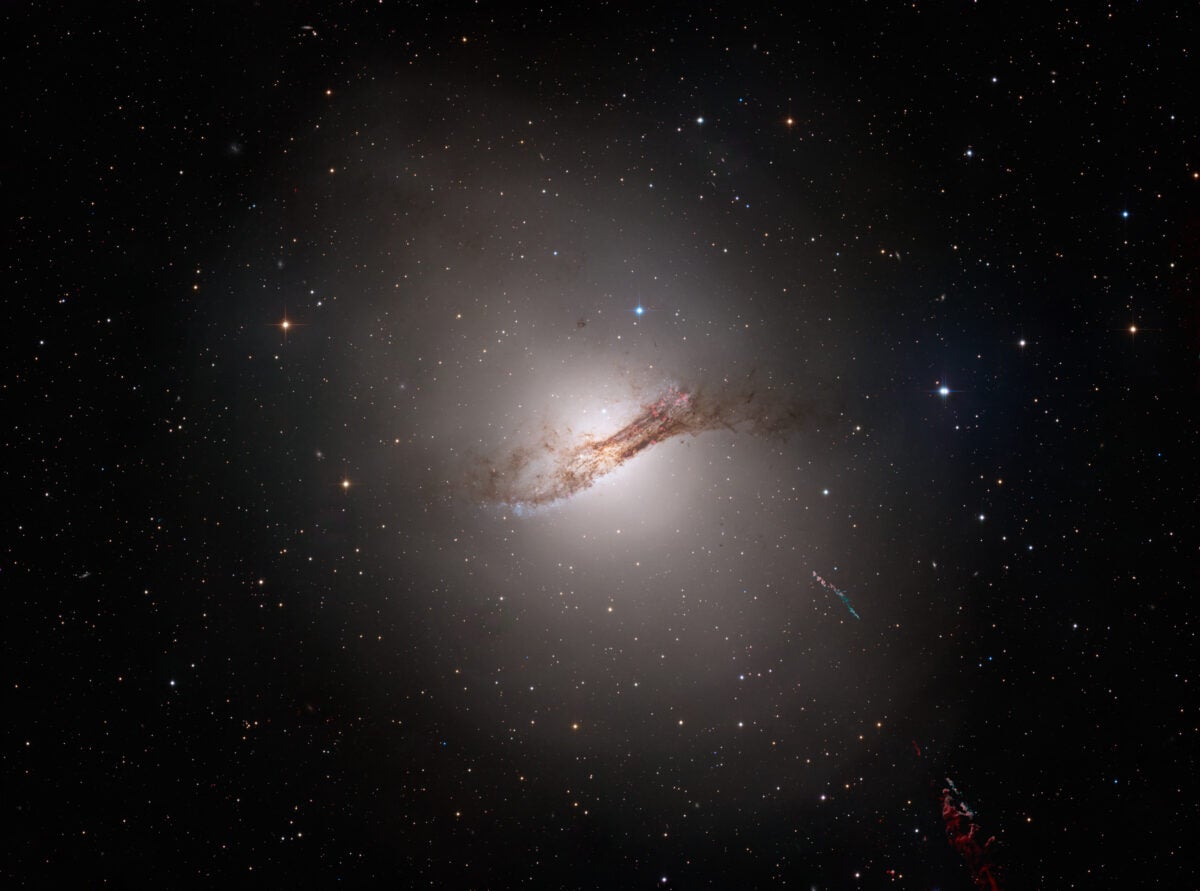product
centaurs-as-ejections
https://www.astronomy.com/imagen-del-día/photo/centaurus-as-ejections/
Centaurus A ejecta | Journal of Astronomy
Vikas Chander, taken from the El Sauce Observatory in the Río Hurtado Valley, Chile Just 12 million light-years away, Centaurus A (NGC 5128) is the closest active galaxy to us, with a supermassive black hole at its core that expels material into the intergalactic medium. It is well known that these jets of material can be seen in radio emissions such asContinue reading “The ejecta of Centaurus A”
https://www.astronomy.com/uploads/2024/07/Centaurus-A-4096-no-sign-1568×1164.jpg
In stock
American dollar
1.00
1.00
article
Asian
July 18, 2024
19-07-2024
149642
Vikas Chander, taken from El Sauce Observatory in the Hurtado River Valley, Chile
At just 12 million light-years away, Centaurus A (NGC 5128) is the closest active galaxy to us, with a supermassive black hole at its core ejecting material into the intergalactic medium. It is well known that these jets of material can be seen in radio emission as huge lobes on either side of the galaxy. However, this Hα/OIII/LRGB image taken from the Atacama Desert in Chile with a 24-inch robotic telescope (and nearly 24 hours of exposure) offers a detailed view of the ejections in visible light at the lower right.














Leave feedback about this